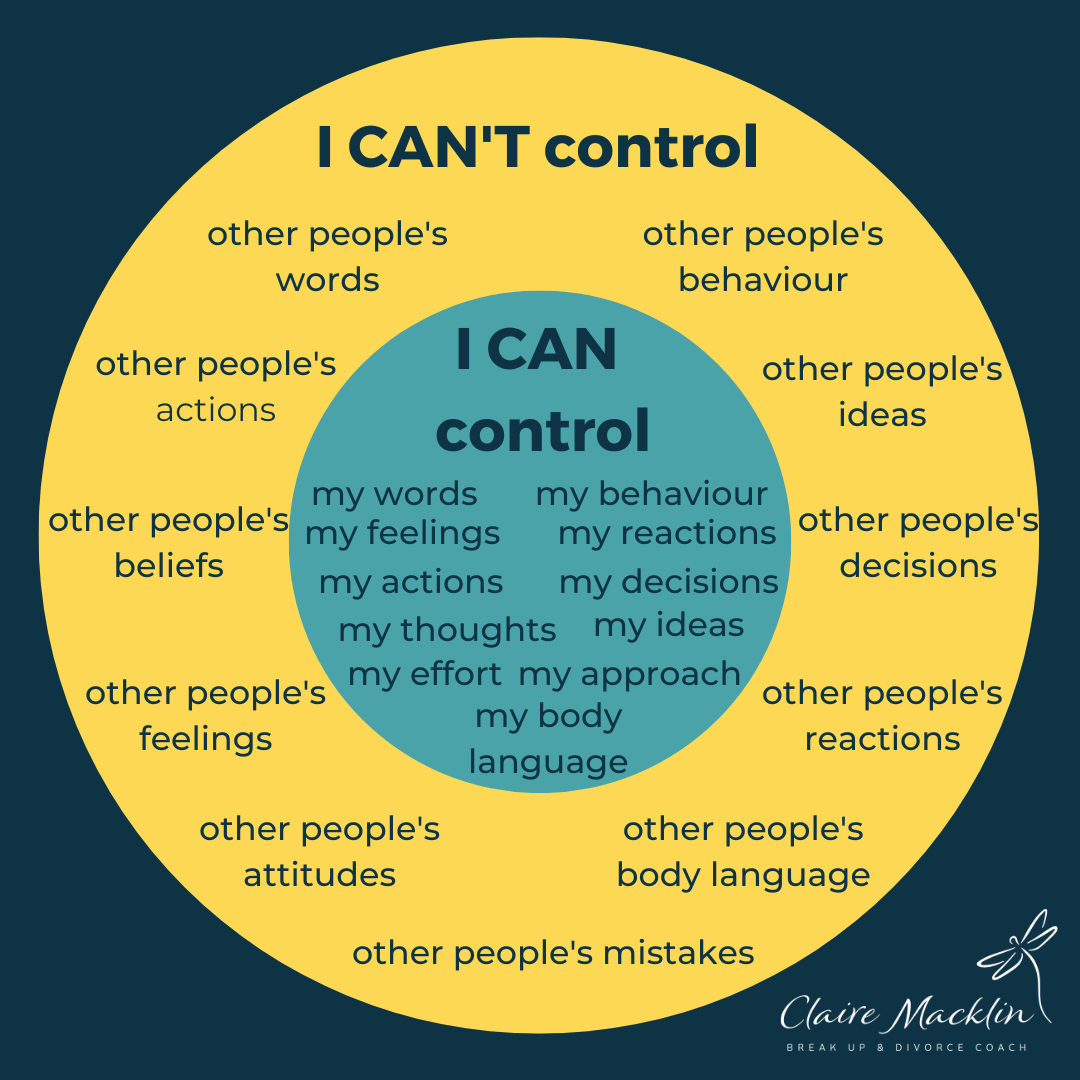Anger, Icebergs and Emotional Triggers: 7 Ways to Respond, Not React
Anger is a completely normal part of going through separation or divorce, and one that many people find uncomfortable or overwhelming. It’s one of the key stages of the Healing Curve: part of the emotional rollercoaster that comes with the end of a relationship.
There are so many potential triggers for anger: betrayal, the behaviour of your ex during the process, the introduction of a new partner to your children, or even things your ex says about you to other people. And that’s just the tip of the iceberg.
Like an iceberg, anger is just what shows above the surface. Beneath it lies a tumult of emotion: hurt, humiliation, resentment, guilt, powerlessness, helplessness, jealousy, disappointment, fear, worry, loneliness.
Left unchecked, those emotions can spill out as anger in ways that surprise even you.
Anger can give you energy, focus, and drive. But it can also lead you to act out of character, without thinking through the consequences. You might lash out in front of your children. You might post something on social media that’s later used against you. It can fuel escalating conflict, stress, and spiralling legal costs.
So how you manage your anger really matters.
7 tips for managing your anger, or channelling it productively:
Recognise it & release it safely
Acknowledge to yourself how you feel, and rate it on a scale of 1 – 10. Notice how it rises and falls. Don’t squash it down – when you do that, it has a nasty habit of rising up and coming out when you least want it to. And repressed anger has physical side effects – stress, raised heartrate, increased cortisol, headaches, IBS and more.
Release your anger safely - journal, stamp, shout in the woods, throw pebbles in sea, work it through with your coach or therapist
Stop, breathe, think, respond
When you feel the anger rising, stop and breathe. Breathe in for 4, hold for 4, out for 4, hold for 4, and repeat until you feel your heartrate slowing. Bringing oxygen back to your brain will help you to see through the fog of emotion.
Remind yourself: meeting fire with fire will only create a bigger blaze.
Focus on what you CAN control
Often, the things we’re angriest about – what our ex says, does, or refuses to do – are the very things we can’t control. Shift your focus to what you can control: your responses and actions.
Never respond to an email in the heat of the moment. Sleep on it. Take advice. Ask yourself: How will I feel about this in five years?
Check what else is going on for you
Sometimes your anger isn’t just about the thing right in front of you. Ask yourself: Is this being amplified by something else?
I vividly remember snapping at my ex after hearing that my closest friend at the time was moving away. I was already upset, and my capacity to handle his email was low. Our emotions are complex and layered – awareness helps you avoid misdirecting your anger.
Use your anger as a compass
Anger is a signal. So take some time to journal, and ask yourself:
What's underneath my anger?
What part of me is being threatened?
What support do I need right now?
What action, if any, do I need to take?
If it’s justified – act wisely, not reactively
Sometimes your anger is justified. Something needs to change, or boundaries need to be set. In those moments:
Act when the iron is cold. Take a breath, seek advice, think things through.
Be clear and assertive, not aggressive.
Focus on your boundaries, not revenge.
Ask yourself: who is this hurting?
Sometimes we carry anger for months or even years. But holding onto it keeps you tethered to the past, and keeps the emotional tie to your ex alive.
In the long term, anger becomes toxic. It weighs you down and damages your wellbeing, while the other person may not even be aware. Letting go isn’t about letting them off the hook. It’s about setting yourself free.
If you're struggling to process anger through your separation or divorce, you don’t have to do it alone. Working with a coach can give you space to untangle the layers underneath and move forward in a calmer, more empowered way – for yourself and for your children.



